Common Buzzard Buteo buteo
Bred to 19th century before local extirpation. Now common breeder, passage migrant and winter visitor.
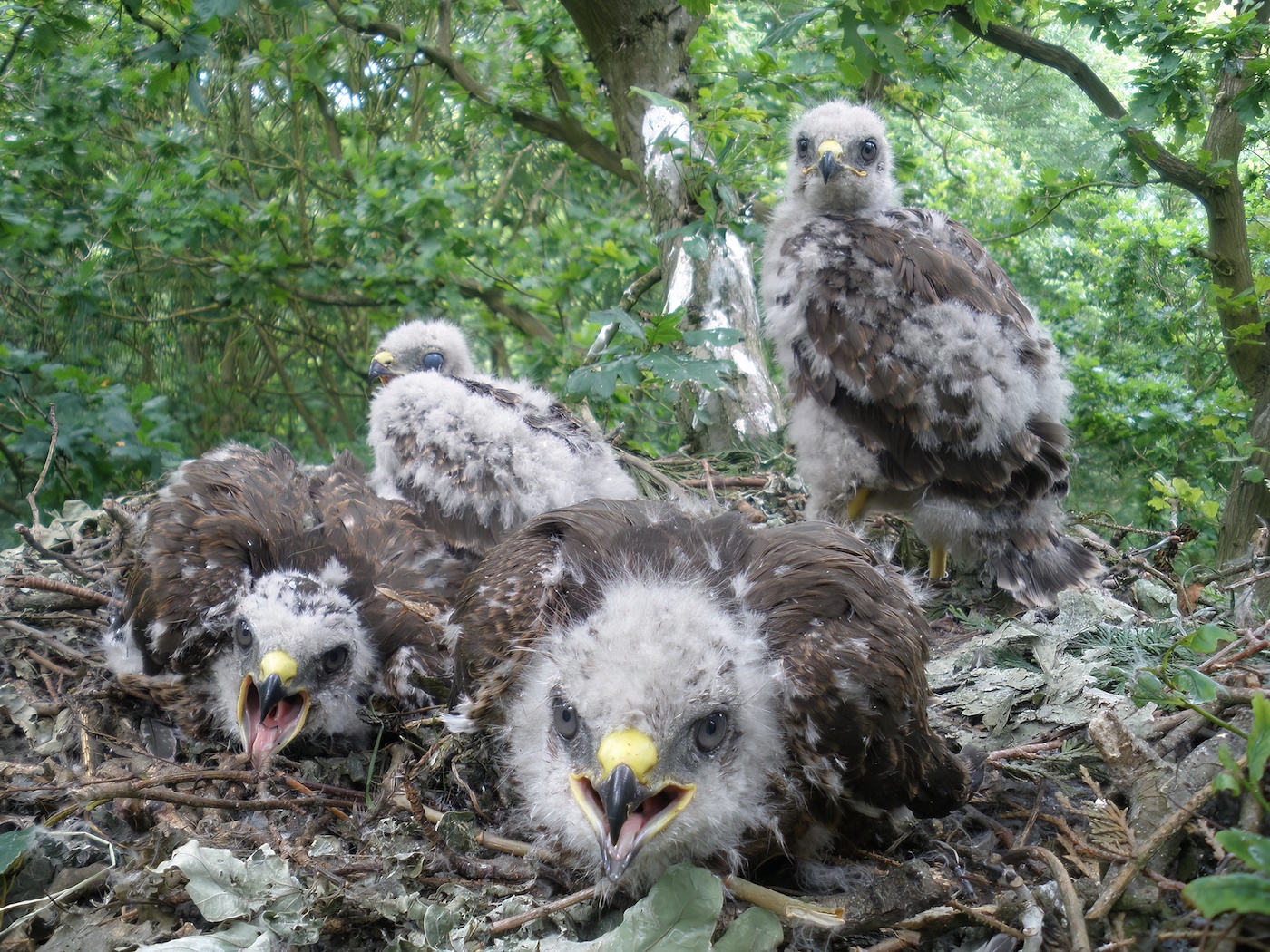
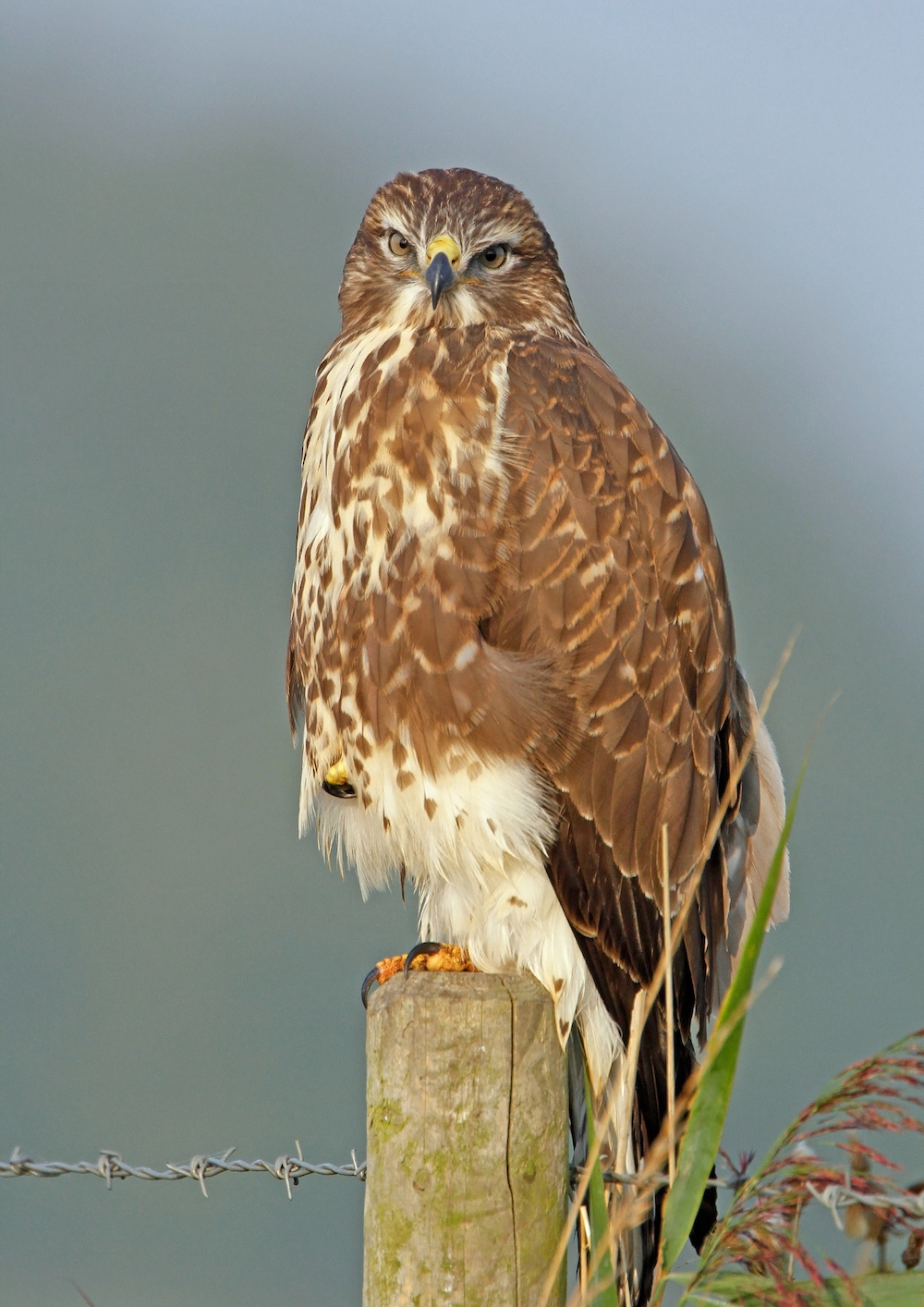
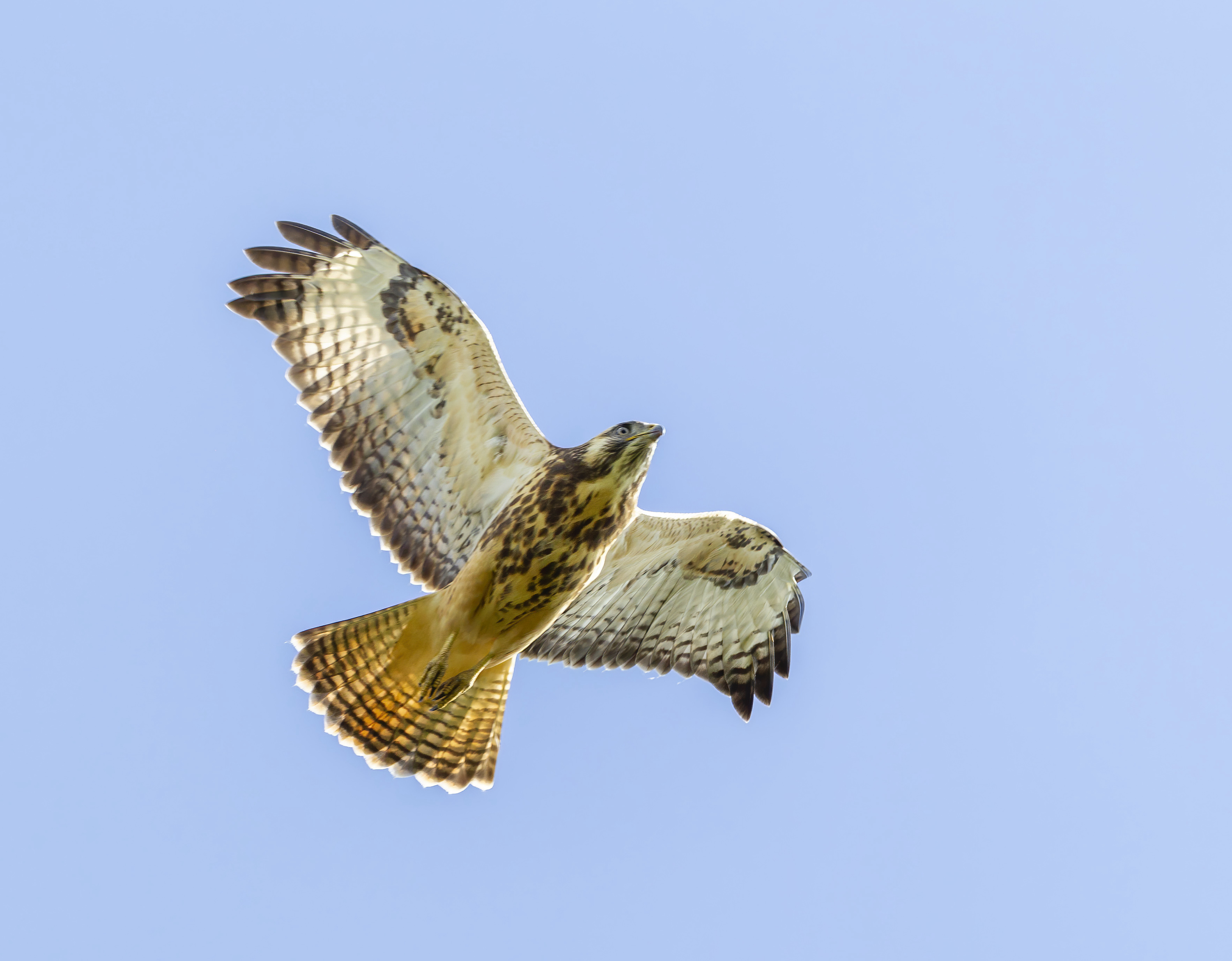
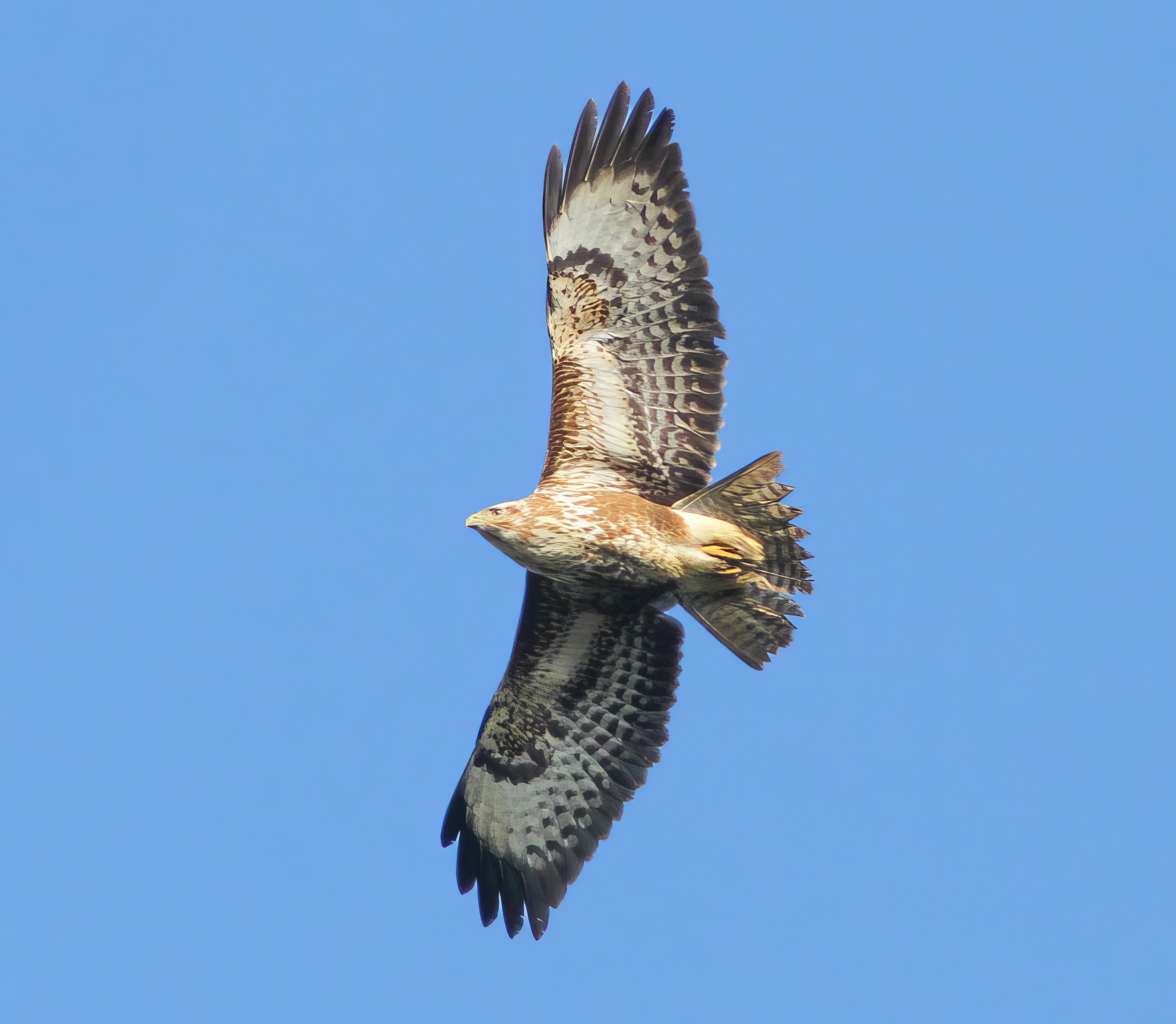
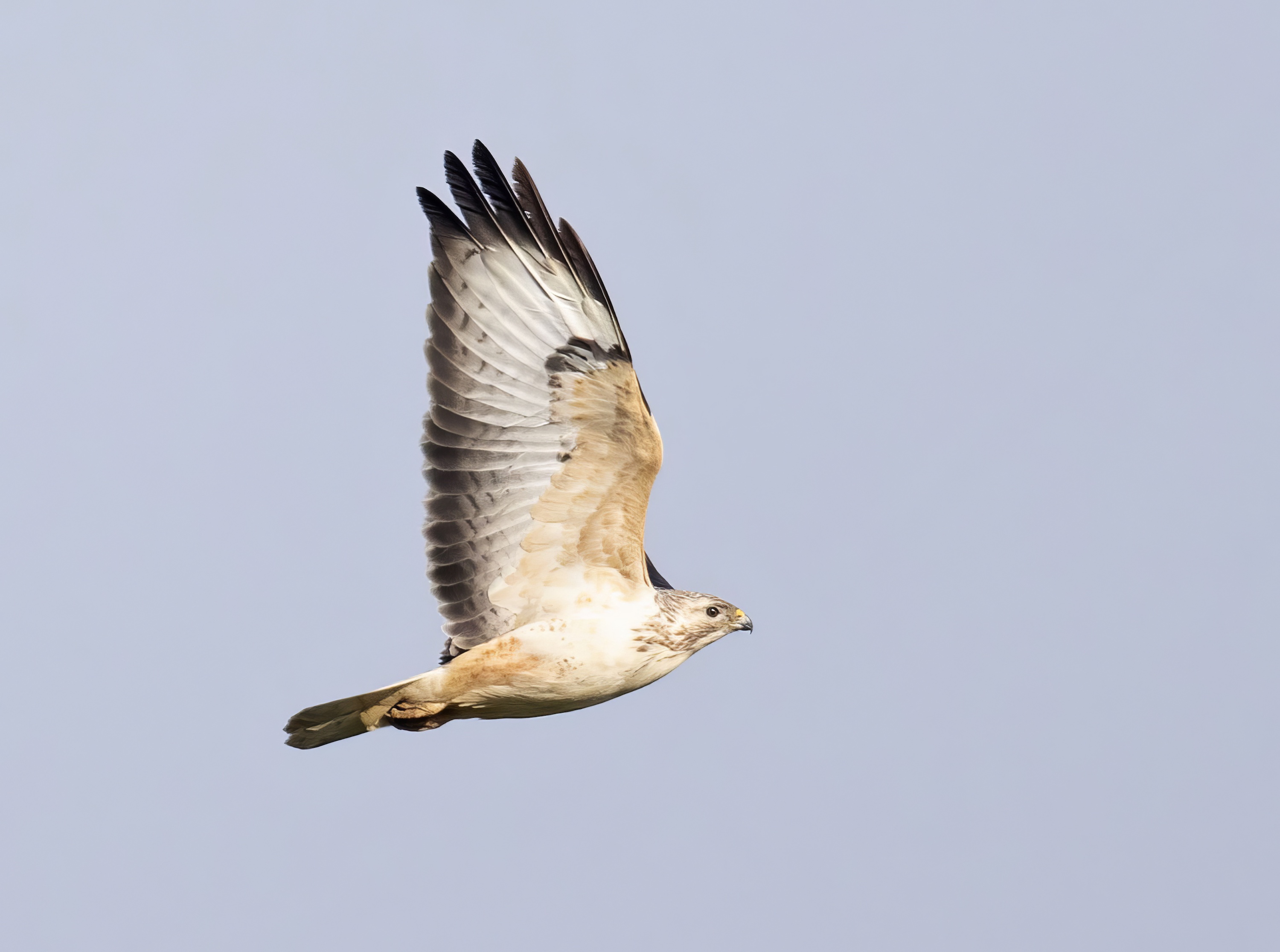
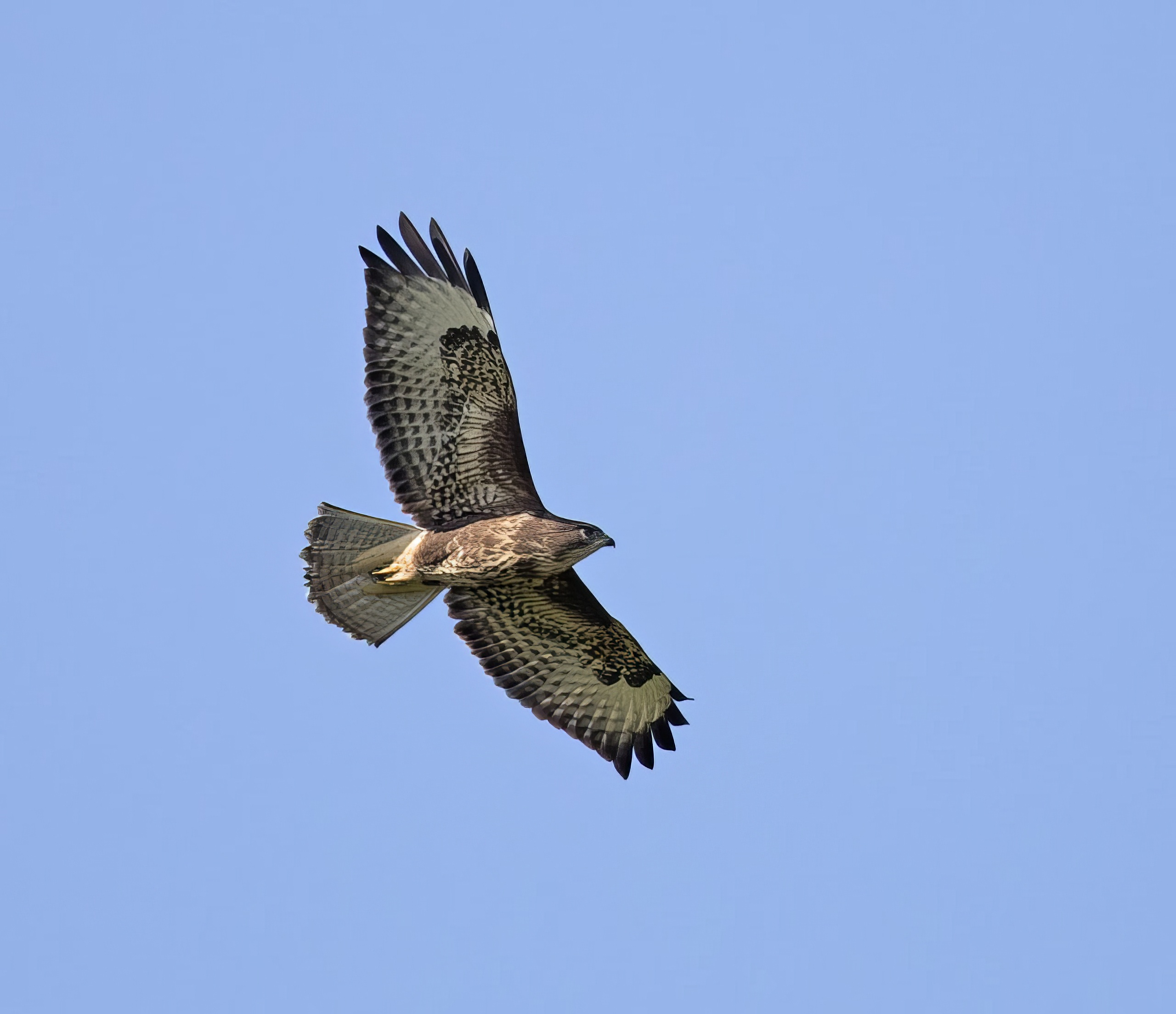
Persistent persecution by gamekeepers resulted in the Common Buzzard's extinction during the late 19th century. It nested in woodland at Doddington and Skellingthorpe until about 1850, but in the south of the county one or two pairs persisted until at least 1878. Breeding continued irregularly in woodland around Wragby until 1888 when the last Lincolnshire nest was found at Gautby. Single pairs were seen near Market Rasen in 1893 and 1900 but there was no evidence of breeding. They were still scarce migrants and occasional winter visitor up to the 1970s, but birds spread into the county from the late 1980s and breeding in the modern era was proven again in at least two areas in 1996. Former county recorder Graham Catley noted the following at the time: "A pair was seen carrying food to a nest in the Risby/Appleby area July 6th-28th and at least three juveniles and adult were in this area and across to Appleby August 26th (regular reports in this area during late August). There was a peak of seven birds together at Saxby/Bonby Wold September 30th; three there and two Elsham October 4th and 26th; still three Saxby/Bonby December 1st. There may have been two pairs there at the time". It seems very probable that breeding also took place at Tumby Woods in 1996 where a pair was seen displaying in early May and eight birds were seen there on August 4th. Since then the increase and spread has been nothing short of phenomenal and it is now the commonest breeding raptor in the county. As an example, in Laughton Forest none bred in 2000 but by 2012 there were 21 occupied territories with ten pairs fledging 14 young. The total number of breeding pairs is hard to estimate due to the presence of a large stock of immature non-breeders. A recent study tracking the increase of this species in 10km square TF02 (Fleming 2017) showed the scale of the increase in the south-west with a rise from 19 apparently occupied territories in 2003 to 59 in 2017. Given these sorts of numbers it is entirely possible that the county population now exceeds 1,500 occupied territories, an incredible increase from less than ten in 1996. Pairs now breed throughout the county even in the fens and open arable areas with few trees and are moving into more urban habitats. Persecution remains at low levels. With such a high breeding population and surplus of non-breeding birds it is difficult to detect movements of birds, but some coastal passage is still noted. Pale plumaged birds have become more numerous in the breeding population as numbers have increased, making confusion with Rough-legged Buzzards B. lagopus a possibility in some areas. The chart below shows the Lincs and East Midlands BBS index rebased against the BBS England trend. By 2018 population growth in Lincolnshire and East Midlands had been such that the Incidence of Buzzard and the number of birds counted was virtually identical to the mean of England as a whole.
Reference
Fleming, V.L. (2017). Common Buzzards, Red Kites and Ravens in the South Kesteven uplands: trends in occupied territories and relative abundance from 2003-2017. Lincolnshire Bird Report 2017: 177-182.
(Account as per new Birds of Lincolnshire (2021), included October 2022)
